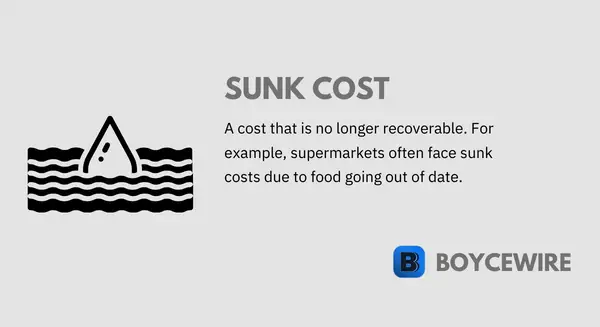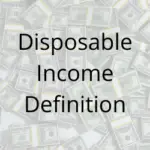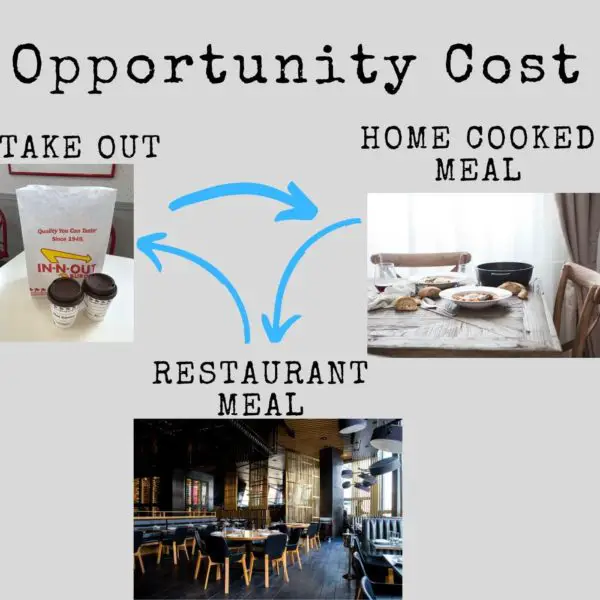Sunk Cost: What it is, Examples & Fallacy

What is Sunk Cost?
In economics, a sunk cost is a cost that has been made in the past and is no longer recoverable. These can come in the form of physical sunk costs, such as broken bottles, damaged clothes, or off-food. Or, non-physical sunk costs such as investment of both time and money into marketing and research and development.
Sunk costs are inevitable in every business. Whether it’s putting in extra working hours into a project that fails, or, goods that become damaged in transit. They are impossible to avoid – some investments just won’t come off, whilst human error is also a factor.
Key Points
- A sunk cost is a cost which is no longer recoverable.
- Sunk Costs can prove to be a barrier to exit as management try to recoup those costs back instead of cutting their losses.
- The sunk cost fallacy is the tendency to continue investing in a project or course of action because of the resources already invested, despite evidence suggesting that it is not a good decision.
In economic thinking, it is often assumed that sunk costs play no part in decision making. Decision-makers are assumed to be rational. This is because sunk costs no longer matter – they are in the past and should bear no influence on rational decision making. Just because $1 million has been spent in investment A, does not increase the likelihood of it succeeding over investment B.
However, humans are not always rational. Sunk costs can lead to a self-fulfilling cycle where more money is invested to prevent the pain and suffering of what is perceived as a financial loss.
The Concorde project undertaken by the French and British governments is a classic example. Millions were spent before it became clear that the project was economically unviable. Yet both parties pressed on with further investment trying to save face.
Sunk Cost Fallacy
The sunk cost fallacy refers to the common tendency for people to ‘throw good money after bad’. In other words, people are unhappy with sunk costs so, therefore, invest more effort and time in order the save and justify the expenditure. For instance, a gambler who has lost $20k at blackjack may think they can win it back in the next hand – their luck simply HAS to change. Yet it doesn’t change the odds and they just lose more money instead.
The fallacy, therefore, is the belief that by investing more time and money, a different outcome will be achieved – thereby turning the sunk cost around.
This fallacy is closely tied to Prospect Theory, which states that people tend to become risk-takers when faced with a loss. As with the case of sunk costs – they are losses.
It is within human nature too fiercely despise losses which drives some people into doing everything it takes to avoid them. AAs with the example of the gambler, they constantly continue to lose money in order to prevent the initial loss. It might seem illogical, but that is often the result of an emotional reaction.
Example of the Sunk Cost Fallacy
In order to understand the sunk cost fallacy, let us take an example of a couple of friends that go to the local basketball match. The ticket costs them $20 each, with the match lasting roughly 3 hours.
At half time, the two friends decide that they aren’t enjoying the game – they’re getting bored. They then have two options to choose from:
- Suffer the other half of the game and accept the tickets were a waste of money.
- Leave early, thereby not having to suffer for another half, and accept the tickets were a waste of money.
Both options require the two friends to accept that the tickets were a waste of money. So it doesn’t matter which option is chosen – the tickets will still be a waste.
Classic economic theory would dictate that the friends would choose the logical option of leaving early. Yet many still prefer to stay and suffer from boredom in order to somehow justify the price paid for the tickets. The reason lies within the sunk cost fallacy.
This is the belief that by staying and suffering for another half – the tickets somehow are not a waste, or, a sunk cost. los. On an individual level, it can reduce the emotional impact of the sunk cost and associated loss.
Sunk Cost Examples
A sunk cost is a type of cost which cannot be recovered. It is deemed ‘sunk’ as with ships, once they are sunk, they cannot be retrieved. Some examples of sunk costs include:
1. Construction
Construction companies often come up against legal action – perhaps due to encroachment on land, or another legal factor. This can occur whilst construction is already taking place – meaning that it may be forced to abandon the work it has already done. So when considering whether to fight a legal battle, the existing costs that went into the construction are often considered – despite being a sunk cost.
2. Damaged Goods
Supermarkets take daily deliveries of fresh produce and other goods. During transit, unloading, and stocking the shelves, it is inevitable that some produce ends up becoming damage. In turn, the product becomes unsellable and is considered as a ‘sunk cost’ by the store.
3. Marketing
Whether it’s a new re-brand or launching a new product, companies spend millions on advertising each year. Yet once they pay the money for their ads, these are funds they aren’t getting back. That money has already gone to the third party who provided the platform for its campaign. Even if the campaign was a complete letdown – those costs are not being recovered.
4. Research and Development
If we take the pharma industry as an example – it spends billions each year on research and developing new drugs. The vast majority of which never make it out of the lab. In part, this is why the successful drugs are so expensive, but provide a huge sunk cost to the industry.
One of the biggest issues in pharma is the ability of management to cut ties with an unsuccessful drug trial. Some companies push through significant set-backs and lose billions as a result – all in the name of saving face and avoid confronting reality.
5. Training
When a new employee comes to a new company, there is usually some level of training that is required. This is a cost that is borne by the employer – whether that is other staffs time or money paid to an external provider.
Should that employee leave after a few weeks, the cost to train them up can effectively be classed as a sunk cost. It gained no benefit as the employee was not with the company long enough to provide it with a productive return on its investment.
6. Trip to Mall
When going to the mall, there is a cost associated – whether it’s the fuel or bus ride. In turn, the time and money spent going to the mall should not affect our purchasing decisions once there. However, many of us often go to the mall for a specific good, only to find out it’s not in stock. Instead – due to the sunk cost of going to the mall – we may buy a similar alternative instead.
Related Topics
FAQs
In economics, a sunk cost is a cost that has been made in the past and is no longer recoverable.
Supermarkets take daily deliveries of fresh produce and other goods. During transit, unloading, and stocking the shelves, it is inevitable that some produce ends up becoming damage. In turn, the product becomes unsellable and is considered as a ‘sunk cost’ by the store.
A fallacy is defined as a commonly mistaken belief. A sunk cost is therefore a fallacy because it is common for people to believe that investing more money and effort will somehow salvage a sunk cost. For example, the French and British governments spent millions on the development of Concorde even after it became clear that it would fail. The sunk cost was the initial investment in the project. The fallacy is the fact that both governments thought investing more money would recover those costs – or somehow make them worthwhile.
Sunk costs are irrelevant to decision-making because they cannot be recovered or changed, and therefore should not be considered when making decisions about future actions. It is important to focus on future costs and benefits instead.
About Paul
Paul Boyce is an economics editor with over 10 years experience in the industry. Currently working as a consultant within the financial services sector, Paul is the CEO and chief editor of BoyceWire. He has written publications for FEE, the Mises Institute, and many others.

Further Reading
 Disposable Income: Definition & Examples - Disposable income is the income we receive after taxation.
Disposable Income: Definition & Examples - Disposable income is the income we receive after taxation.  Opportunity Cost: What it is, Types & Examples - Opportunity cost is the price we pay to take one action over another.
Opportunity Cost: What it is, Types & Examples - Opportunity cost is the price we pay to take one action over another.  Nominal Interest Rate - The nominal interest rate is the stated interest rate without accounting for inflation, representing the rate at which money grows…
Nominal Interest Rate - The nominal interest rate is the stated interest rate without accounting for inflation, representing the rate at which money grows… 